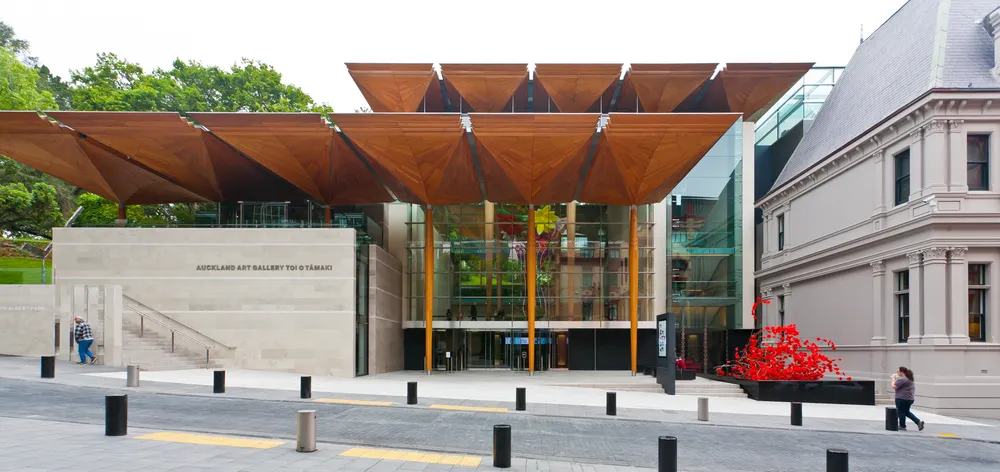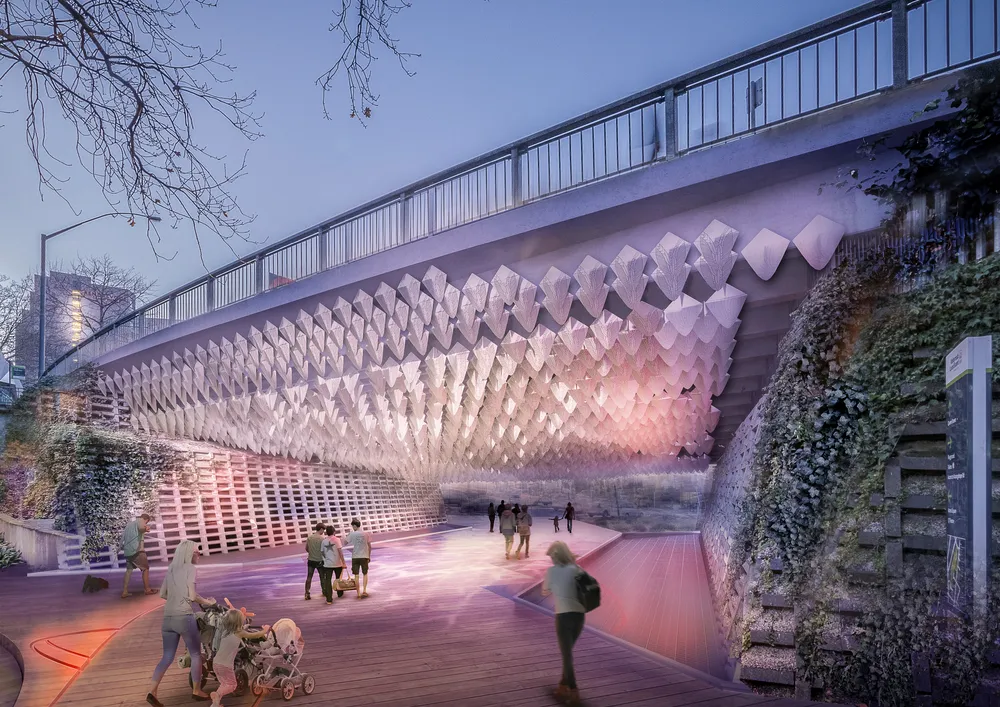NewsPerspectives
Connect Locally, Inspire Globally



Advanced Māori design unit - Te Matakīrea’
In New Zealand we have a rich, evolving dialogue occurring between the traditions of Tangata Whenua and European and other cultural traditions. There's an incredible opportunity to bring that dialogue into architecture. One of our long-term projects is to instil an affinity for, and understanding of, Māori identity within our culture and work. To that end we have recently initiated Te Matakīrea’ – an advanced Māori design unit within our studio. Ngata Tapsell joined us last year to head this unit, and alongside Ngata we have Māori graduate architects in this team. This gives new opportunity to bring a highly contemporary and urban sensibility to the way in which the many strands of Māori identity are integrated within New Zealand architecture.
Taking a leadership position
At 46, I'm part of the 'missing Generation X' of architects in New Zealand who managed to graduate in the early 90s and enter practice in a market almost completely bereft of work (later leaving for London). Generation X needs to lead through bridging between our ‘elders’ and the talented, young architects coming through. Warren and Mahoney, too, has a responsibility to lead, as one of New Zealand's oldest and largest practices. Since my return to New Zealand in 2001, Warren and Mahoney has undertaken a constant process of modernisation; a striving to break free of the traditional narratives and paradigms of practicing architecture in New Zealand and become a multi-disciplined (and now Australasian) design firm. We have spent the last 15 years both designing and developing the practice alongside a strong team. And, yes, they're mainly men. There is no doubt that the practice is male dominated, particularly at the senior level. We're acutely aware of this and have resolved to create a framework for action. Gender balance is important to personal fulfilment. We also recognise that the internal culture and design outcomes we wish to create require a more balanced practice. This issue is not confined to Warren and Mahoney. It's an issue for our profession, the industry, and more broadly for the leadership, ownership and governance of business within New Zealand. I am committed to righting this imbalance at Warren and Mahoney. I would like to spend the next 15 years working alongside strong men and strong women. I hope we can look back with pride, knowing we have influenced a change for the better within the practice and the profession.
Memorable architecture – architecture that stays with us in our imagination – is often achieved through approaching the design process in a different way.
We are here to create fulfilling spaces for the community that tell the story of who we are; of what is important to us in this time and place.
Continuity is critical to identity. We must offer safety and delight at the fine scale. A city is judged by these things.
We live in a world where architectural (and all) imagery is ubiquitous. An image of a new building in New York screen-grabbed online on Monday can influence a design brief for a project in Wellington, New Zealand on Tuesday. How do we ensure that we counter this homogenisation in our highly connected world? A valid response is to promote the appreciation and understanding of identity, and how it can be translated into built form to lend our work meaning and integrity.